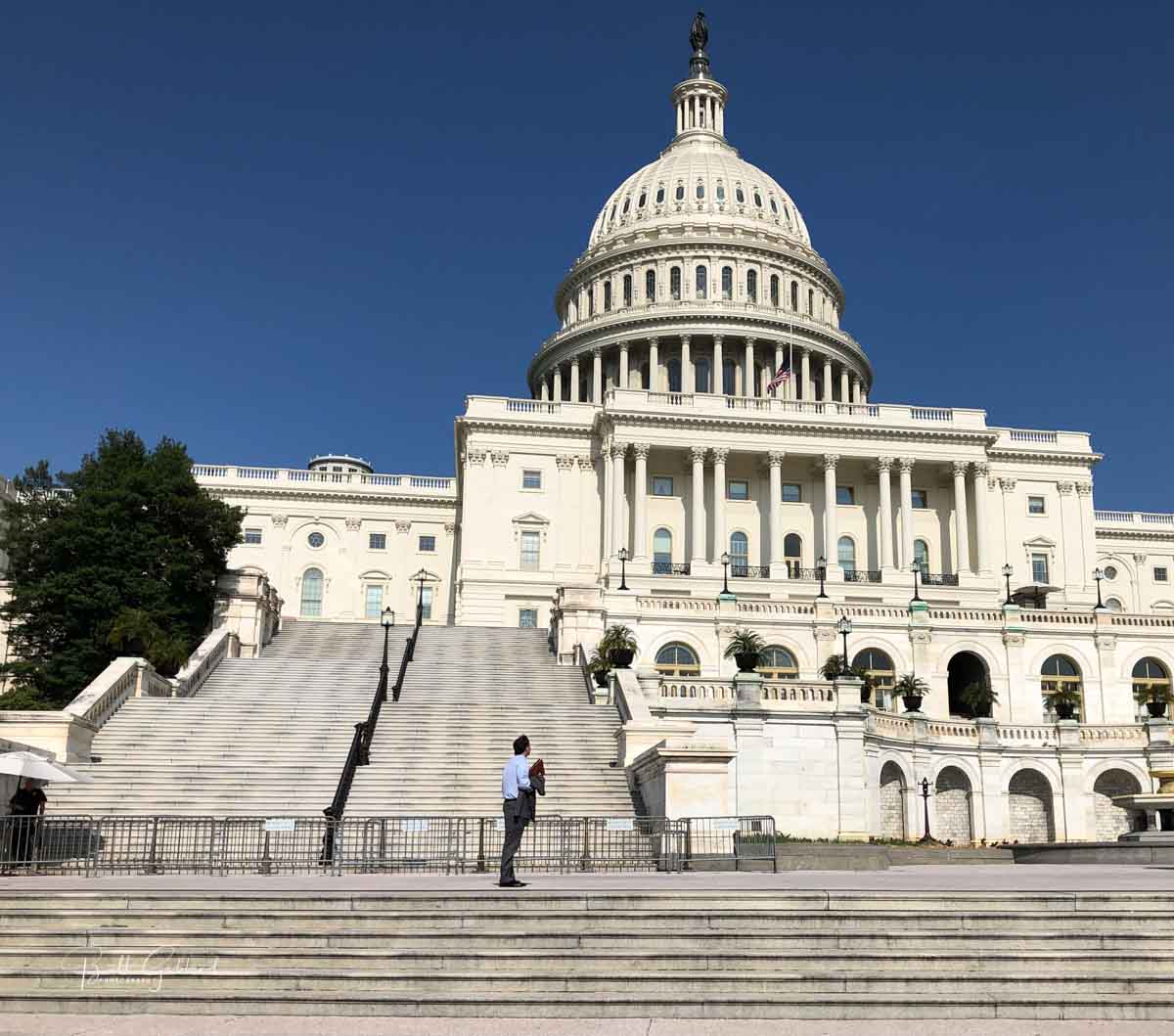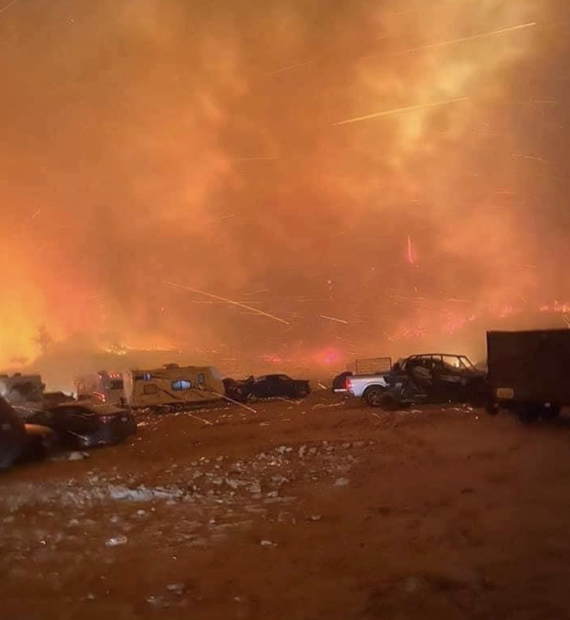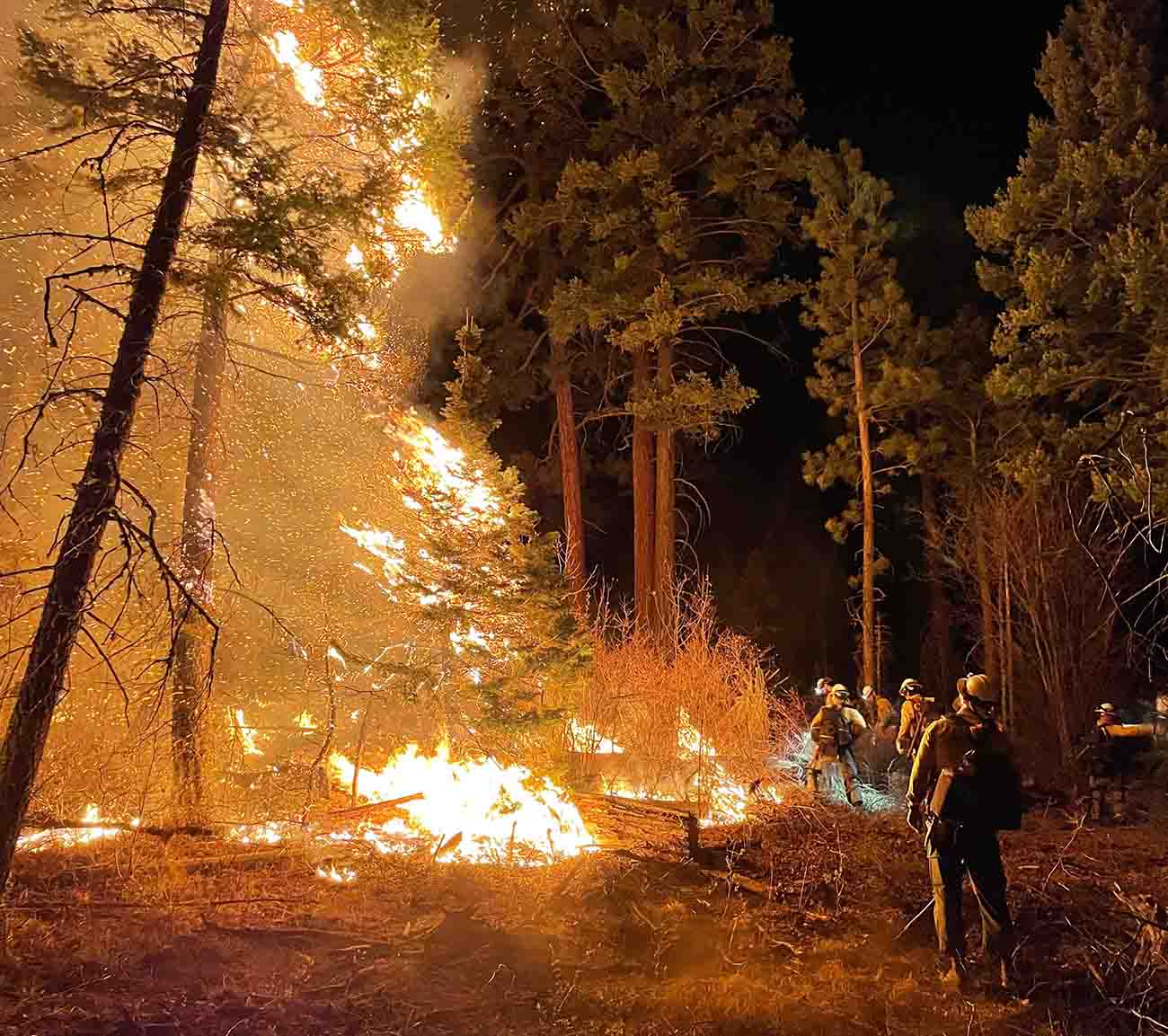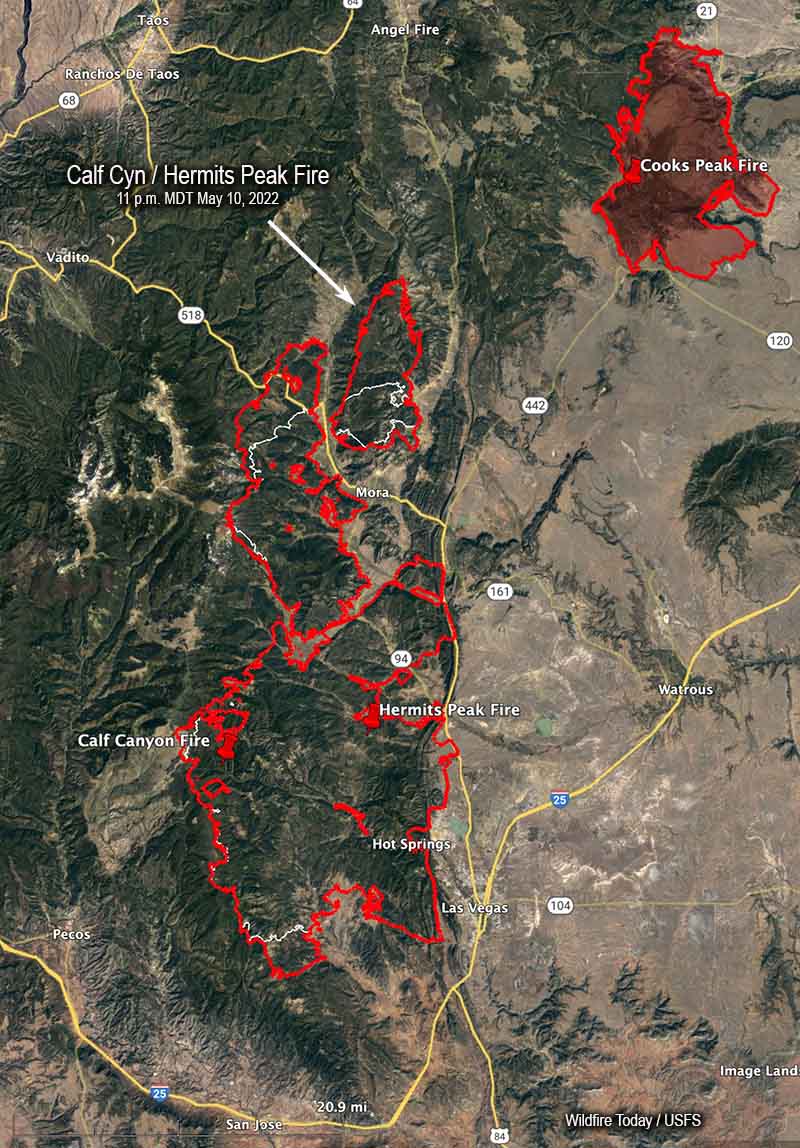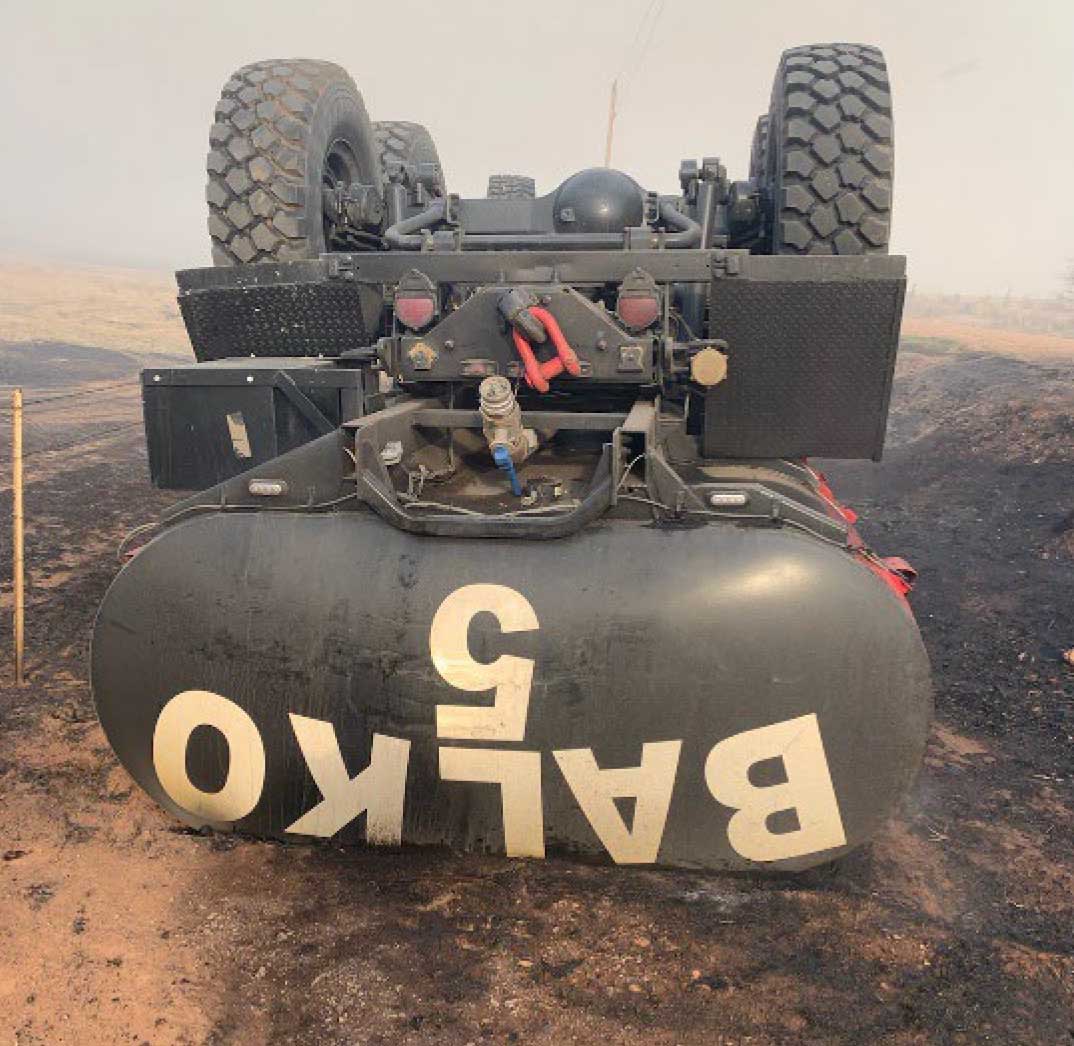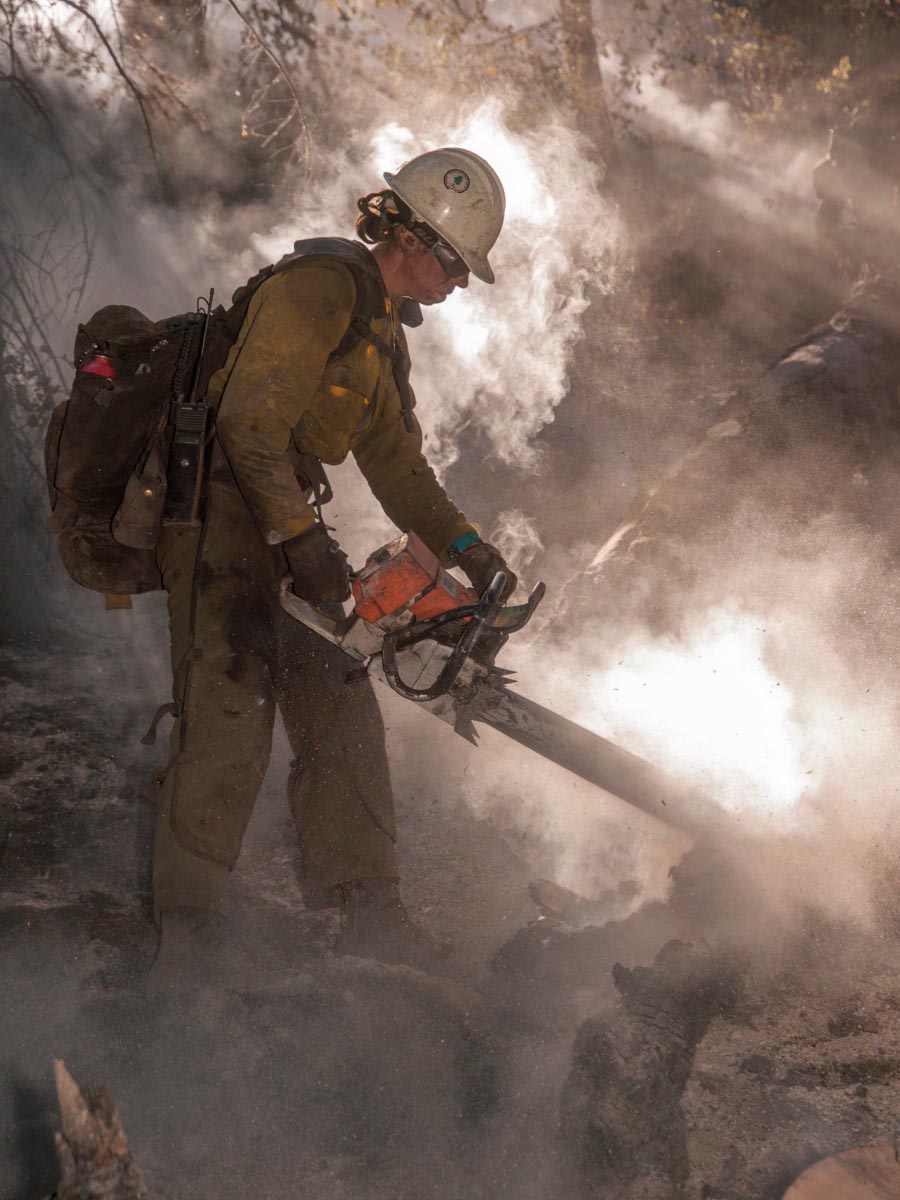
Today the House of Representatives voted 288-131 to approve and advance the Federal Firefighters Fairness Act, H.R. 2499, a bipartisan measure authored by Rep. Salud Carbajal (D-CA) that ensures federal firefighters receive the same access to job-related disability and retirement benefits as state, county, and municipal firefighters.
The legislation would create the presumption that firefighters who become disabled by certain serious diseases contracted them on the job, including heart disease, lung disease, certain cancers, and other infectious diseases.
Federal firefighters do not have signed legislation establishing the presumption that local firefighters have in 49 out of 50 U.S. states– and are forced to identify specific exposures that may have caused their illness. This burden of proof makes it extraordinarily difficult for federal firefighters to qualify for workers comp and disability benefits related to their work.
The measure would improve benefits for more than 20,000 federal firefighters across the U.S., with about 16,000 of them being wildland firefighters. It would apply to “personnel who have been employed for a minimum of 5 years in aggregate as an employee in fire protection activities.”
The diseases covered under the legislation, if passed by the Senate and signed by the President, are:
- Bladder cancer, brain cancer, chronic obstructive pulmonary disease, colorectal cancer, esophageal cancer, kidney cancer, leukemias, lung cancer, mesothelioma, multiple myeloma, Non-Hodgkin lymphoma, prostate cancer, skin cancer (melanoma), testicular cancer, thyroid cancer, and a sudden cardiac event or stroke while, or not later than 24 hours after engaging in certain fire-related activities described in the bill.
It was just three weeks ago, on April 19, when the Office of Workers’ Compensation Programs (OWCP), in FECA Bulletin No. 22-07, established a list of cancers and medical conditions for which the firefighter does not have to submit proof that their disease was caused by an on the job injury.
The medical conditions covered under the OWCP bulletin as of last month are:
- Cancers: esophageal, colorectal, prostate, testicular, kidney, bladder, brain, lung, buccal cavity/pharynx, larynx, thyroid, multiple myeloma, nonHodgkin’s lymphoma, leukemia, mesothelioma, or melanoma; or
- Hypertension, coronary artery disease, chronic obstructive pulmonary disease, pulmonary fibrosis, asthma, or a sudden cardiac event or stroke.
The OWCP list includes six conditions that are not in H.R. 2499: buccal cavity/pharynx cancer, larynx cancer, hypertension, coronary artery disease, pulmonary fibrosis, and asthma.
H.R. 2499 covers one disease not in the OWCP list, skin cancer, an important addition, especially for wildland firefighters whose work requires being outside most of the time. The bill includes a method for adding other diseases within a three-year period, including breast cancer, if supported by scientific evidence.
The pending legislation had 203 co-sponsors in the House, an extraordinarily large number of representatives who stated early-on that they were in favor of the bill and wanted to help get it passed.
The next step is the Senate, a place where many bills go to die. Senators Tom Carper (D-DE) and Susan Collins (R-ME) are the lead sponsors of a bipartisan companion bill there. It has 12 co-sponsors, only two of which are Republicans. With a 50-50 Dem/Rep balance and a requirement for 60 of the 100 Senators to vote yes, the passage is not a foregone conclusion, in spite of overwhelming approval in the House.
“We know fire fighters are routinely exposed to carcinogens on fire scenes. Sadly, our brothers and sisters in federal service are too often denied the benefits they deserve when needed the most,” said International Association of Fire Fighters (IAFF) General President Edward Kelly. “The Federal Firefighter Fairness Act brings the federal government in line with the 49 states that recognize the deadly link between firefighting and cancer.”

